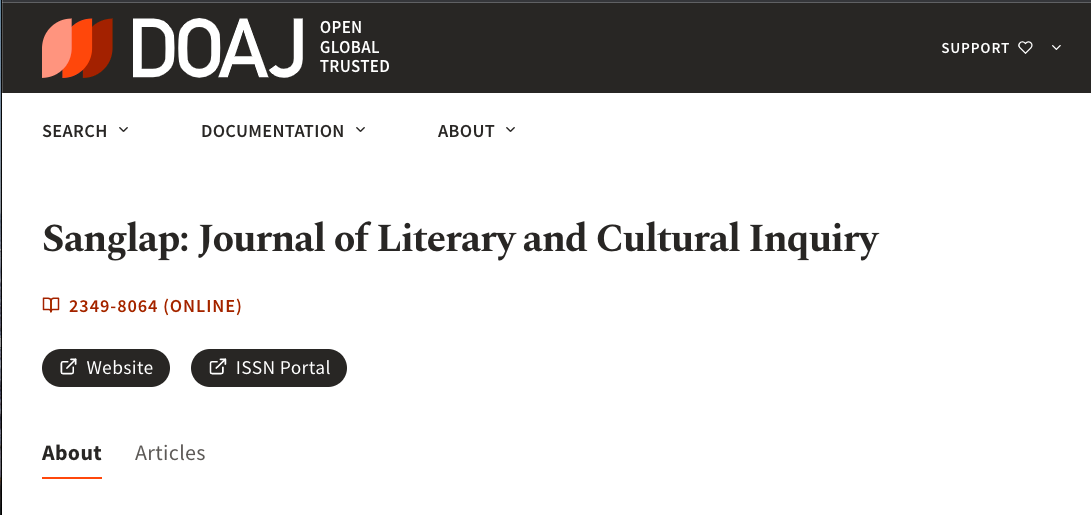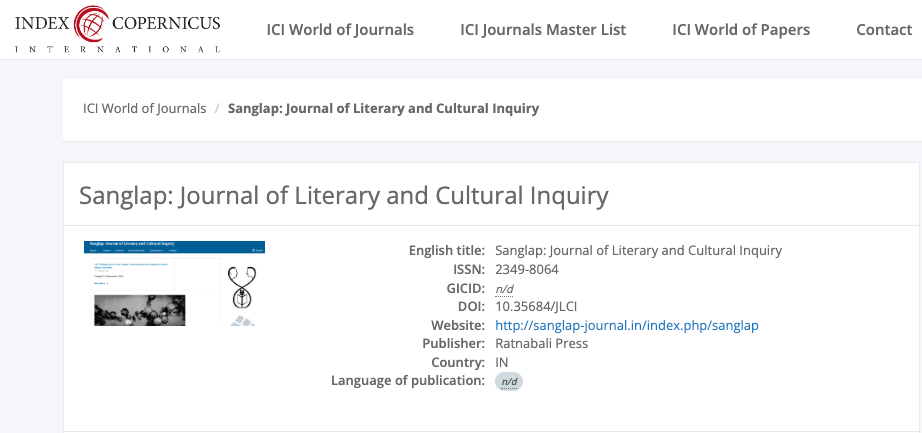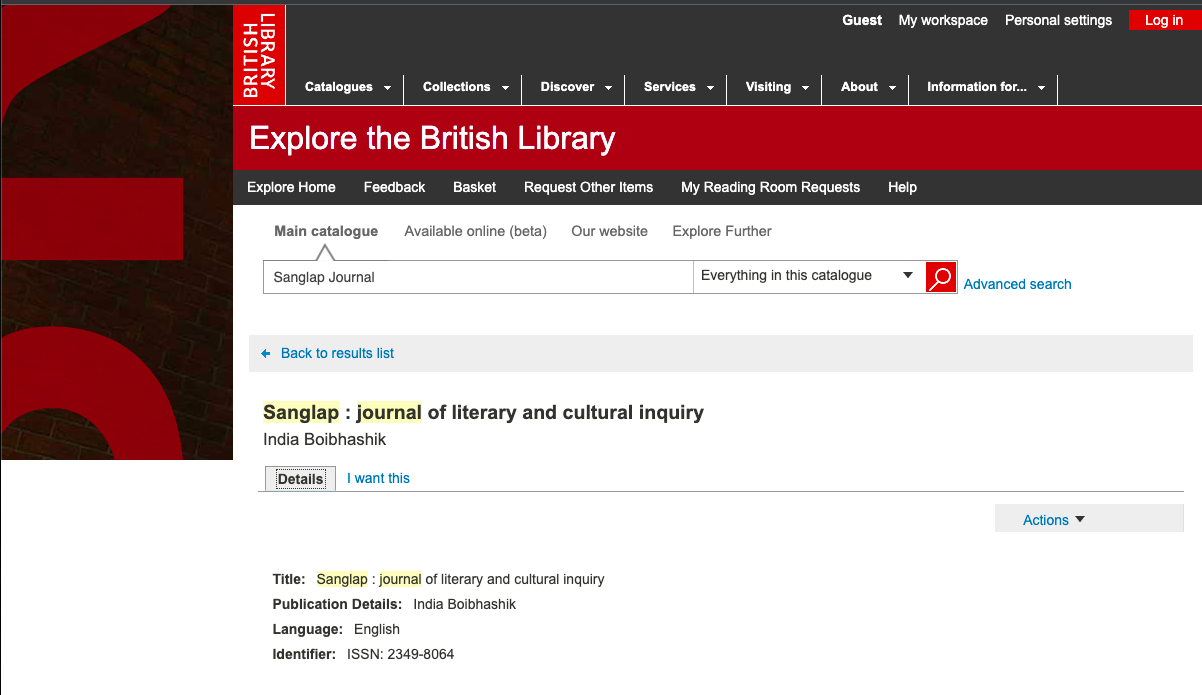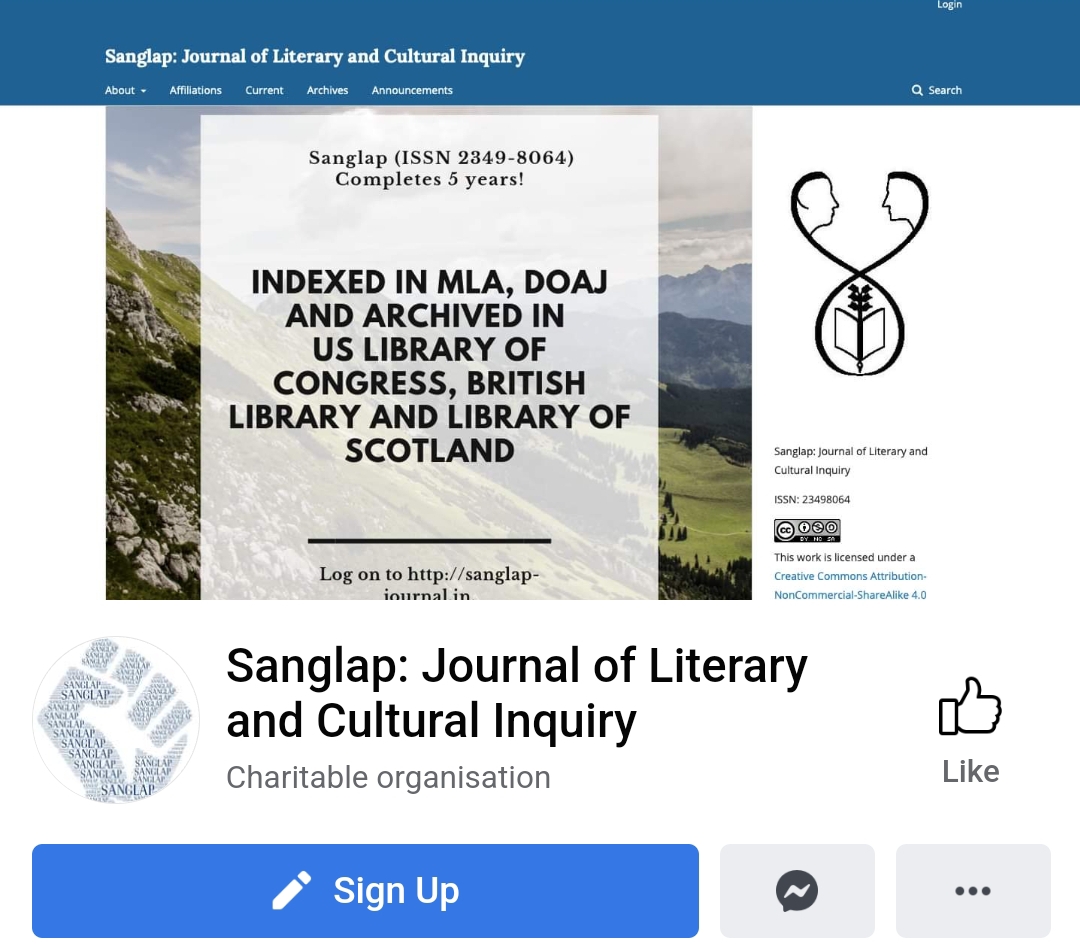Of Ravens and Owls:
A Methodological Framework for Historiography of Translation in Marathi
DOI:
https://doi.org/10.35684/JLCI.2022.9103Keywords:
Historiography of translation, historiography of culture, Marathi literature, semiotics of culture, Yuri Lotman, translation studiesAbstract
Keshavasut (1866–1905), one of the earliest modern Marathi poets ‘translated’ the famous Edgar Allen Poe poem ‘The Raven’ into Marathi as ‘ghubad’ or the owl. Can the owl be an ‘equivalent’ for a raven? Can this process of transforming the raven into an owl be called translation? Whatever name you give for such a process of transformation, they definitely have played a crucial role in the development of the language of Marathi poetry towards the end of the twentieth century. Almost half a century later, the noted bilingual poet and translator Dilip Chitre (1938–2009) translated Baudelaire’s poem ‘The Owl ’into Marathi and discussed it by explicitly invoking the Keshasuta’s bird as well as Baudelaire’s fascination for Poe. Chitre called his translations of international modernist poets into Marathi ‘apabhranshas’. These apabhranshas’ were particularly influential and played a considerable role in the development of the language of modernist Marathi poetry. No history of literature or culture is complete if we do not take this process of transforming ravens into owls, the process of apabhransha, into account, as this is the process of artistic innovation and the process of reconstitution of cultural memory. In order to engage with the evolution of Marathi literature and culture, it is critical to move beyond the restrictive understanding of literature as a written or printed object, the notion which itself seems to be a translation of the colonial notion of literature. Literature and primarily poetry in India, implied performance, music, retelling, improvisation, and transmission of texts through oral traditions. Besides, it was constituted by intensive inter-medial, cross-lingual and cross-cultural intercourse, in short, by translational activity. We also need to revise our restrictive understanding of translation and equivalence as setting up of inter-lingual synonymy hounded by questions of fidelity and freedom. This restrictive notion of translation, too, seems to be a colonial import. We need a theoretical framework that allows us to see translation as an inter-medial, intercultural phenomenon inseparable from the questions of cultural memory, artistic innovation, and cultural change. The Soviet school of cultural studies, known as the Tartu Moscow School of cultural semiotics (or semiotics of culture), developed a full-fledged theory of culture under the leadership of Yuri Lotman (1922–1993) from the late 1960s which seems to have theoretically addressed these complex questions. In this paper, rather than merely providing a chronological account of the information regarding translation activity in Maharashtra, I intend to propose and lay out the methodological framework for writing and theorising the history of translation using the model of cultural semiotics.















